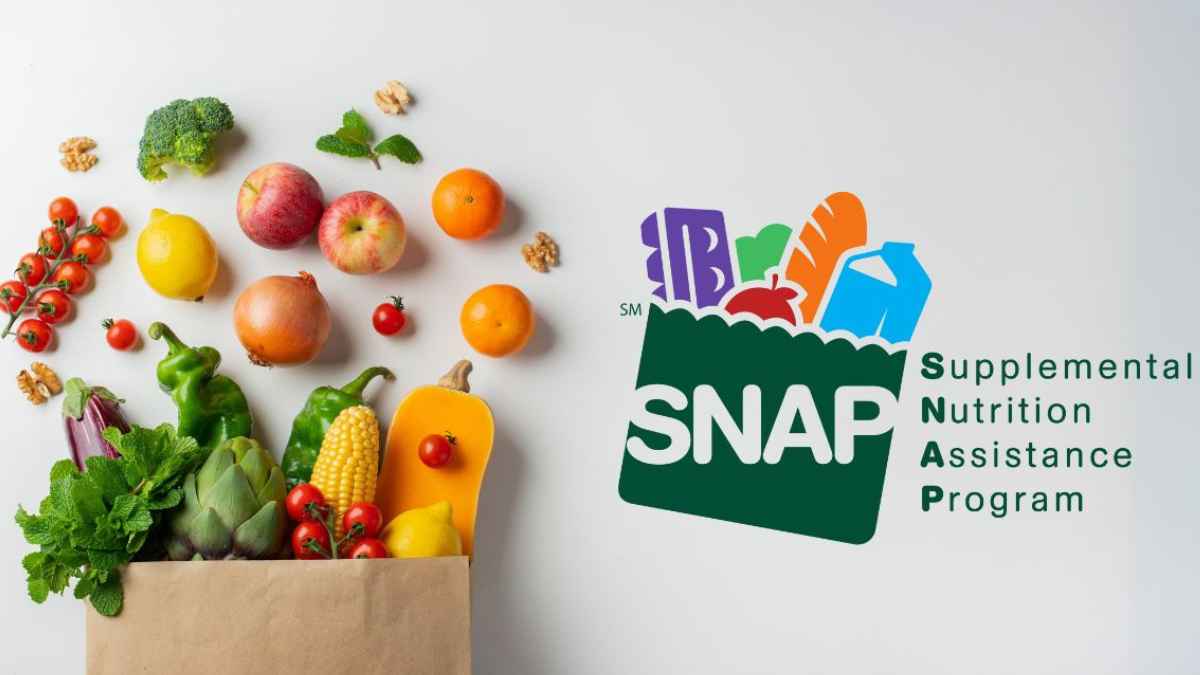Introduction:
With the cost of living continuing to rise, access to affordable and nutritious food remains a critical concern for many households. To address this issue, the government has introduced significant changes to the Food Assistance Program for 2024. This year’s updates include increased benefits and streamlined application processes designed to ensure that more families receive the support they need. In this article, we will explore the enhanced benefits, updated eligibility criteria, and the step-by-step application process for the Food Assistance Program 2024.

Increased Benefits for 2024:
1. Higher Monthly Allotments:
The Food Assistance Program has increased the monthly allotments for eligible households. The maximum benefit amount has been raised to $X per person, providing more substantial support to cover the cost of groceries. This increase is designed to better reflect current food prices and ensure families can afford a healthy diet.
2. Expanded Eligibility:
Eligibility criteria have been expanded to include more households. The income thresholds have been raised, allowing families with slightly higher incomes to qualify for assistance. This change ensures that more working families who still struggle with food insecurity can receive support.
3. Special Provisions for Vulnerable Groups:
Additional benefits are available for vulnerable groups, such as the elderly, disabled individuals, and households with young children. These provisions include increased monthly benefits and additional support services, such as home delivery for those unable to visit food distribution centers.
4. Nutrition Education Programs:
The Food Assistance Program now includes enhanced nutrition education programs. These programs provide recipients with resources and information on how to make healthy food choices, meal planning, and budgeting for groceries. The goal is to help families maximize their benefits and improve overall nutritional intake.
Updated Eligibility Criteria:
1. Income Limits:
The income limits for eligibility have been updated. Households must have a gross monthly income below 130% of the federal poverty level (FPL) and a net monthly income below 100% of the FPL. These thresholds vary depending on household size, so it’s important to check the specific limits for your situation.
2. Asset Limits:
Households must also meet asset limits to qualify for benefits. The limits exclude certain assets, such as the primary home and retirement accounts, to focus on available cash resources. The asset limits have been increased to $X for households without an elderly or disabled member and $Y for those with such members.
3. Residency Requirements:
Applicants must be residents of the state in which they apply and provide proof of residency. Additionally, they must be U.S. citizens or meet specific non-citizen eligibility criteria.
4. Work Requirements:
Able-bodied adults without dependents (ABAWDs) must meet work requirements to receive benefits. This includes working at least 20 hours per week or participating in an approved work program. However, certain exemptions apply, such as for those who are pregnant, caring for a child under six, or unable to work due to a physical or mental condition.

How to Apply for Food Assistance:
1. Gather Required Documentation:
Before starting the application, gather necessary documents, including proof of income, identification, proof of residency, and information about household expenses. Having these documents ready will expedite the application process.
2. Apply Online or In-Person:
Applications can be submitted online through the state’s food assistance program website or in-person at local social services offices. The online application is convenient and provides step-by-step instructions.
3. Complete the Application Form:
Fill out the application form accurately, providing all requested information about your household’s income, assets, and expenses. Ensure all sections are completed to avoid delays in processing.
4. Submit Required Documentation:
Upload or submit copies of the required documentation with your application. This includes pay stubs, utility bills, rental agreements, and identification documents. Ensure all documents are clear and legible.
5. Interview Process:
After submitting your application, you may be required to complete an interview with a program representative. This interview can typically be conducted over the phone and will verify the information provided in your application.
6. Receive Determination and Benefits:
Once your application is processed and approved, you will receive a determination letter outlining your benefits. Benefits are typically issued on an electronic benefits transfer (EBT) card, which can be used like a debit card to purchase eligible food items.
7. Recertification:
Benefits are provided for a set period, after which you must recertify your eligibility. Recertification involves submitting updated information about your household’s income and expenses. It’s important to complete this process promptly to avoid any interruption in benefits.
Conclusion:
The 2024 updates to the Food Assistance Program provide increased benefits and expanded eligibility to help more families access nutritious food. By understanding the new benefits, eligibility criteria, and application process, you can take full advantage of the support available. If you believe you qualify for assistance, start gathering your documents and apply as soon as possible to ensure your family receives the help it needs.
FAQ:
Q1: What are the new maximum benefit amounts for 2024?
A: The maximum benefit amount has been raised to $X per person per month.
Q2: How do I know if my household is eligible for food assistance?
A: Eligibility is based on income limits, asset limits, residency requirements, and work requirements. Check the specific criteria for your state to determine eligibility.
Q3: Can I apply for food assistance online?
A: Yes, you can apply online through your state’s food assistance program website, or in-person at local social services offices.
Q4: What documentation do I need to apply?
A: Required documents include proof of income, identification, proof of residency, and information about household expenses.
Q5: How are benefits issued once approved?
A: Benefits are typically issued on an electronic benefits transfer (EBT) card, which can be used like a debit card to purchase eligible food items.










